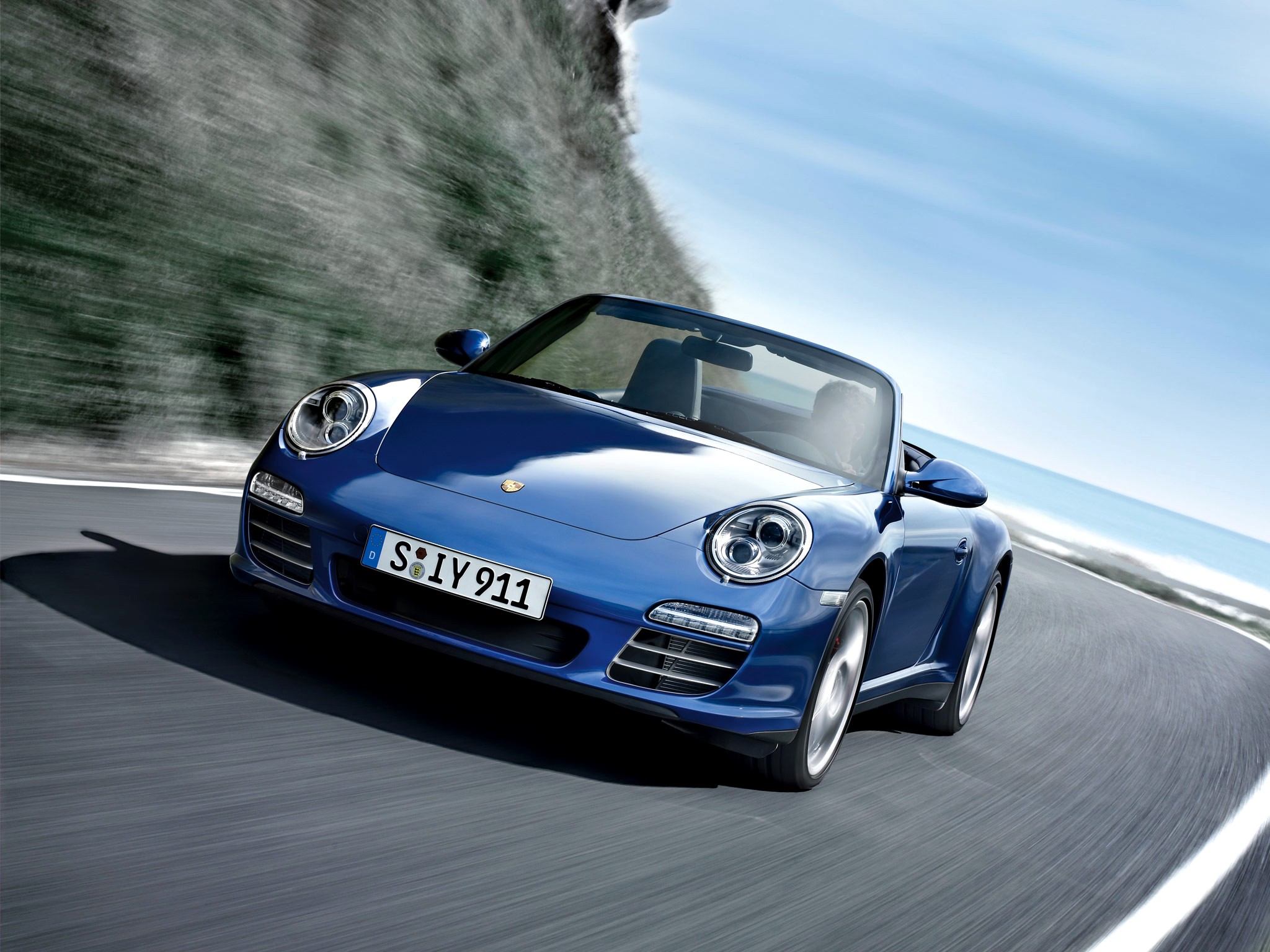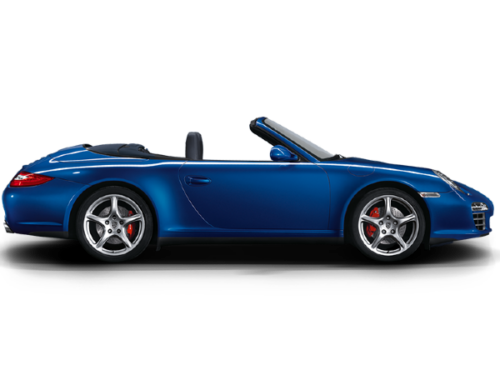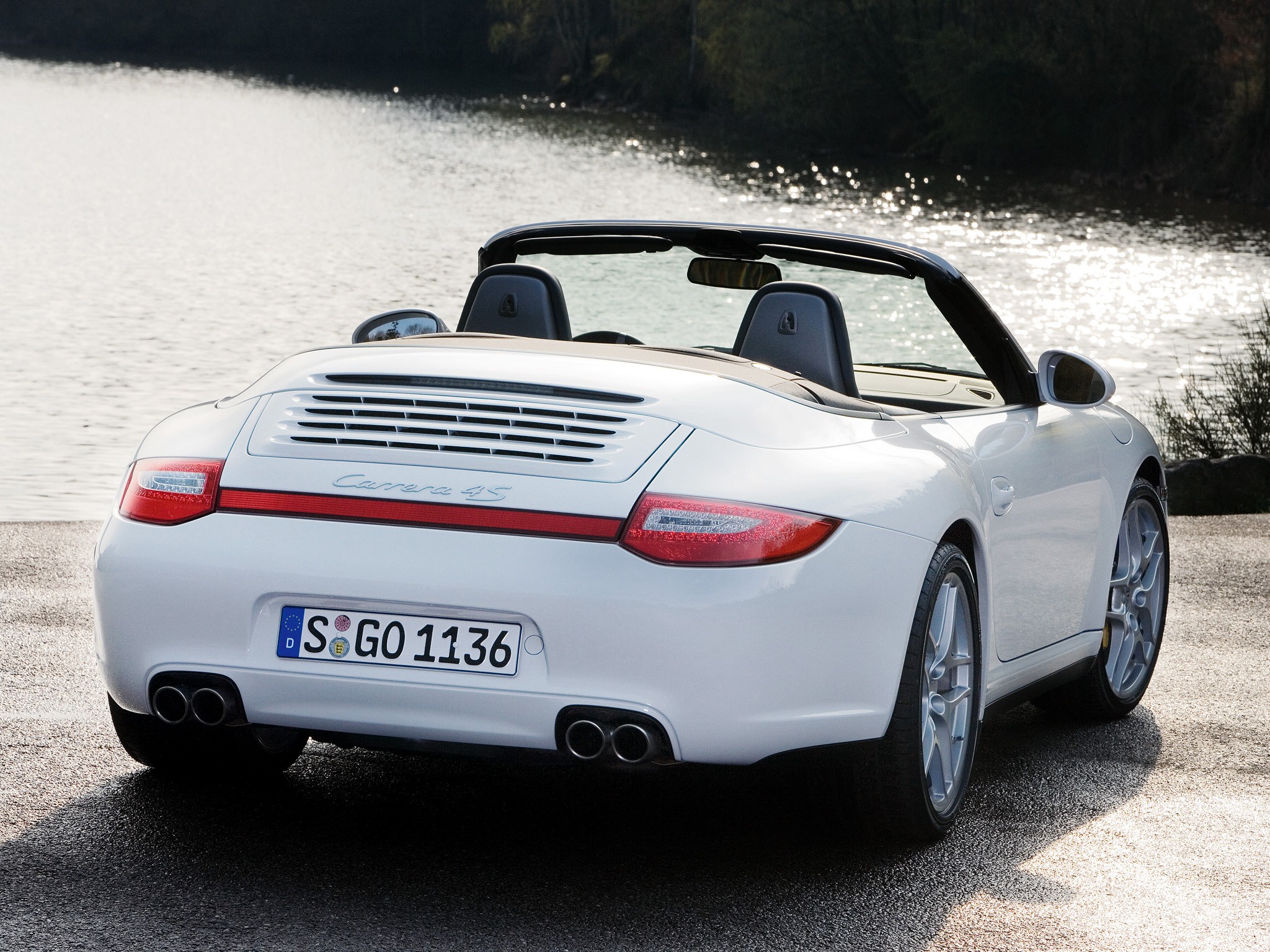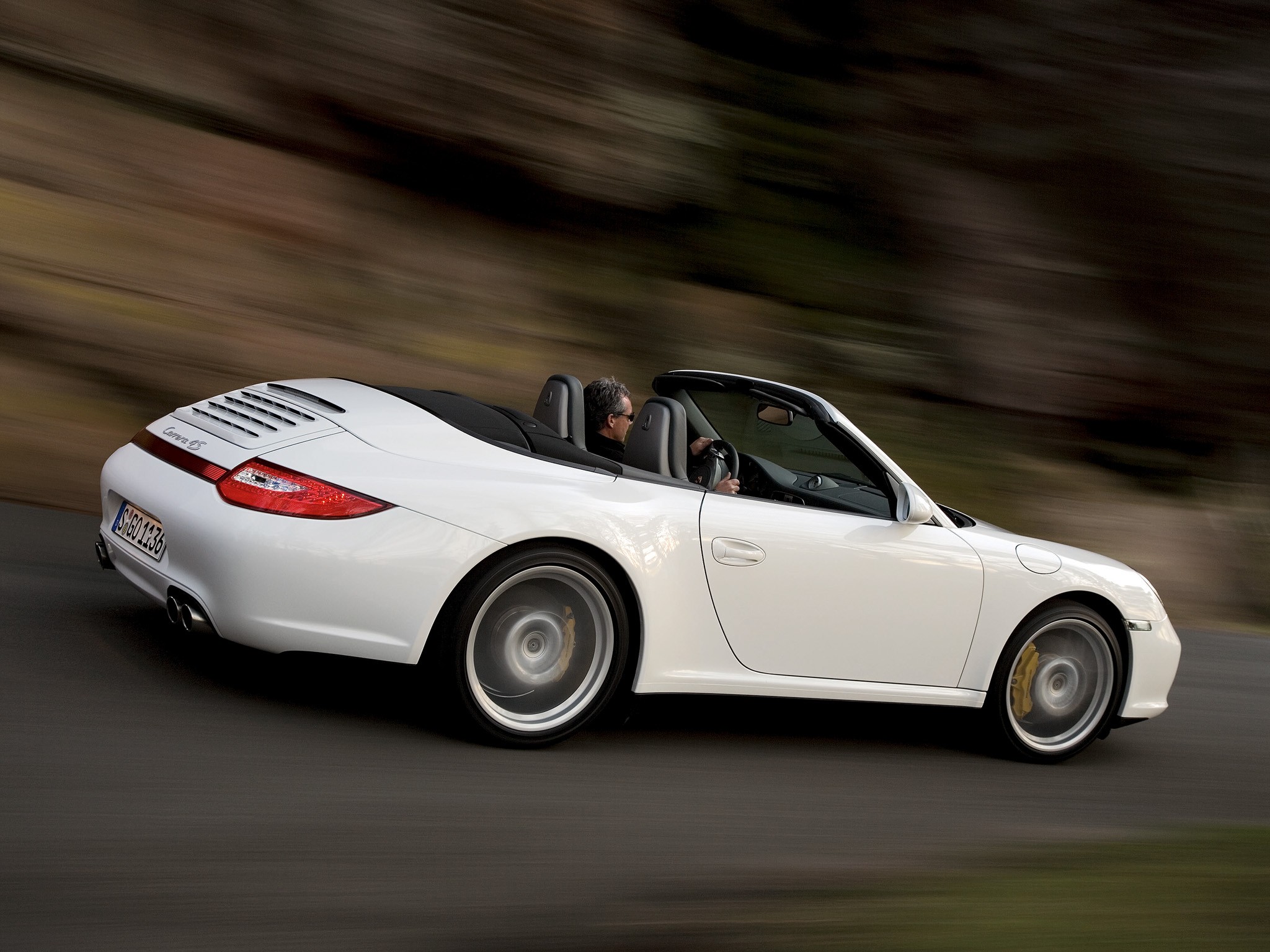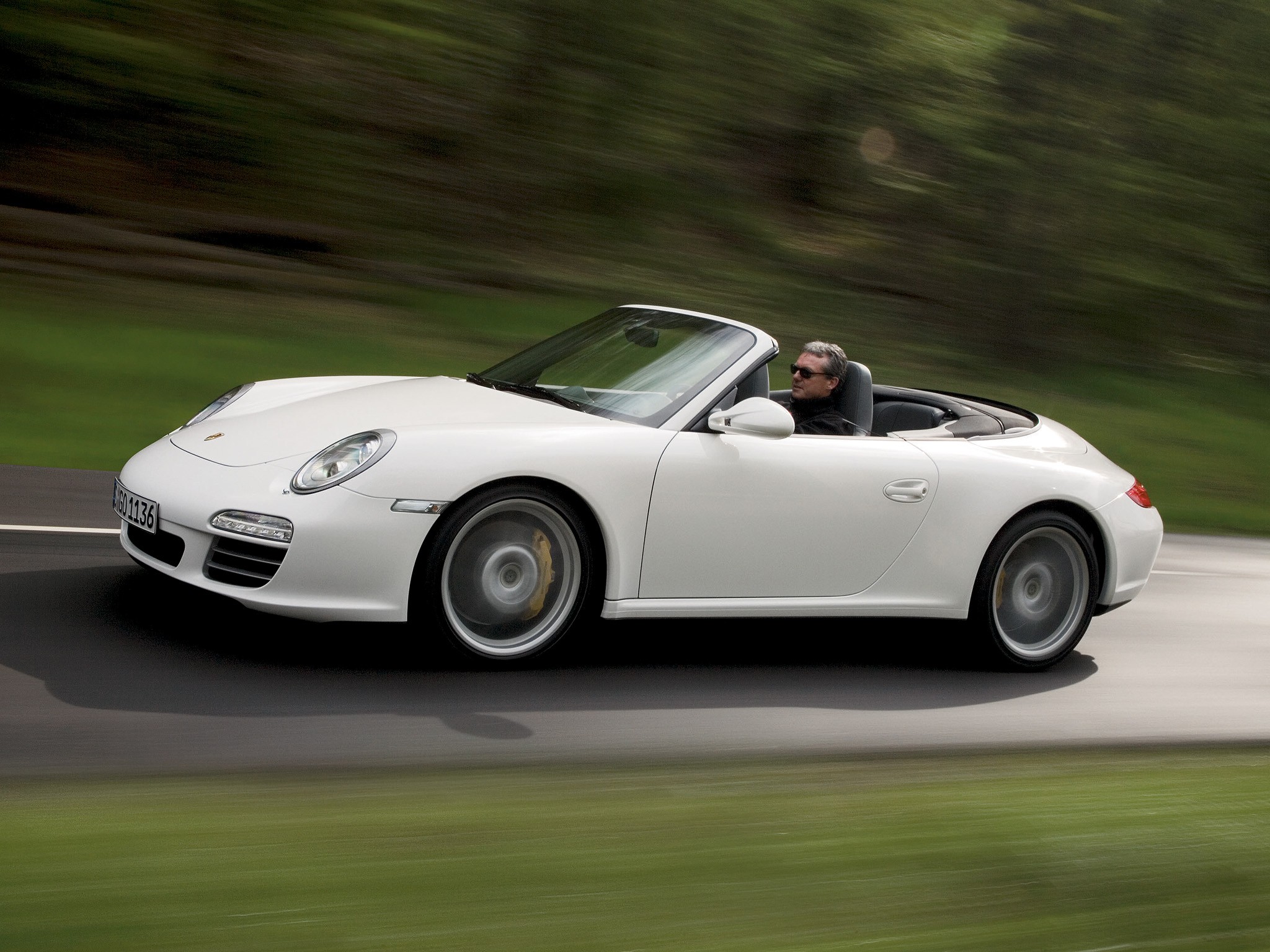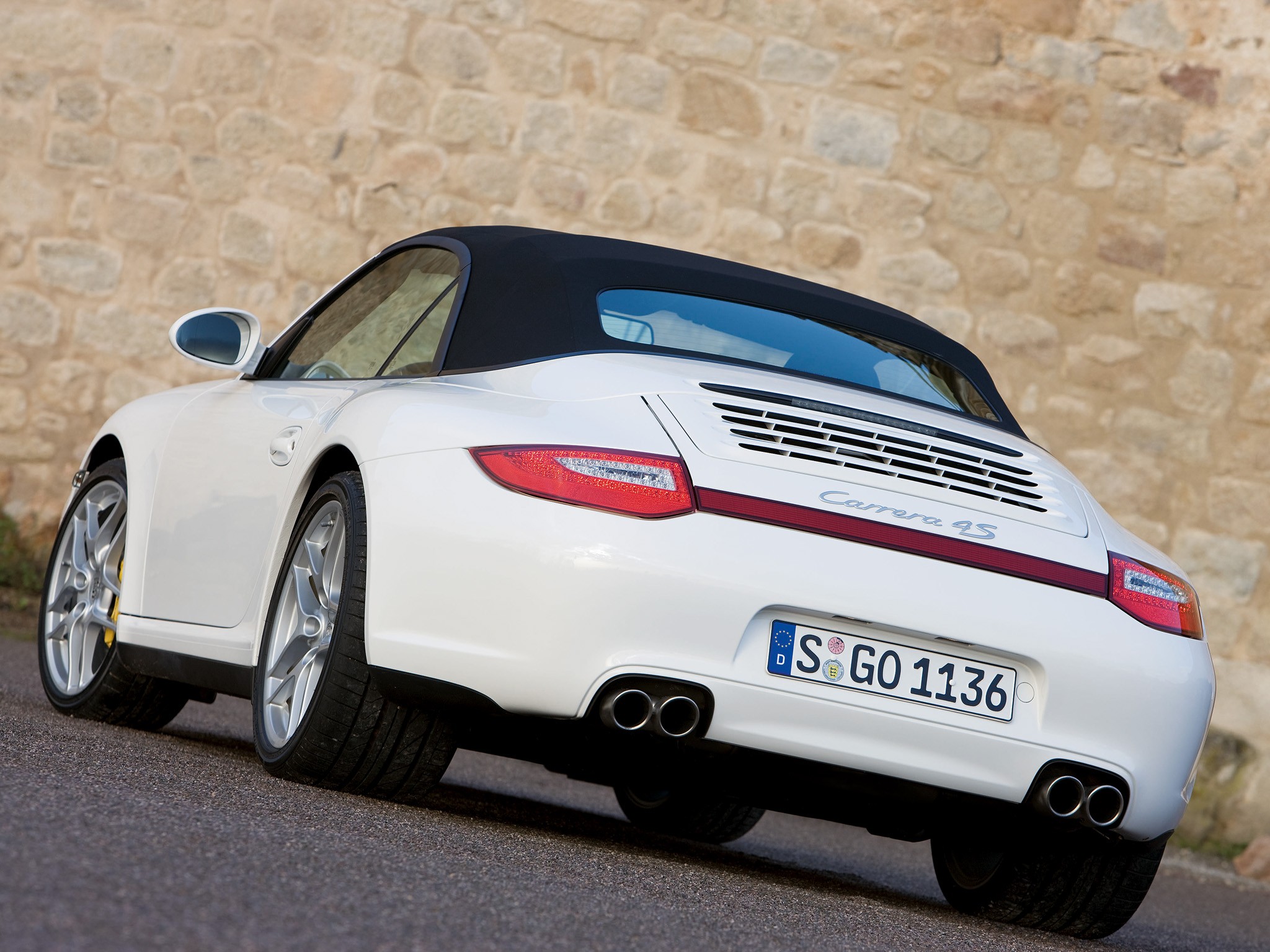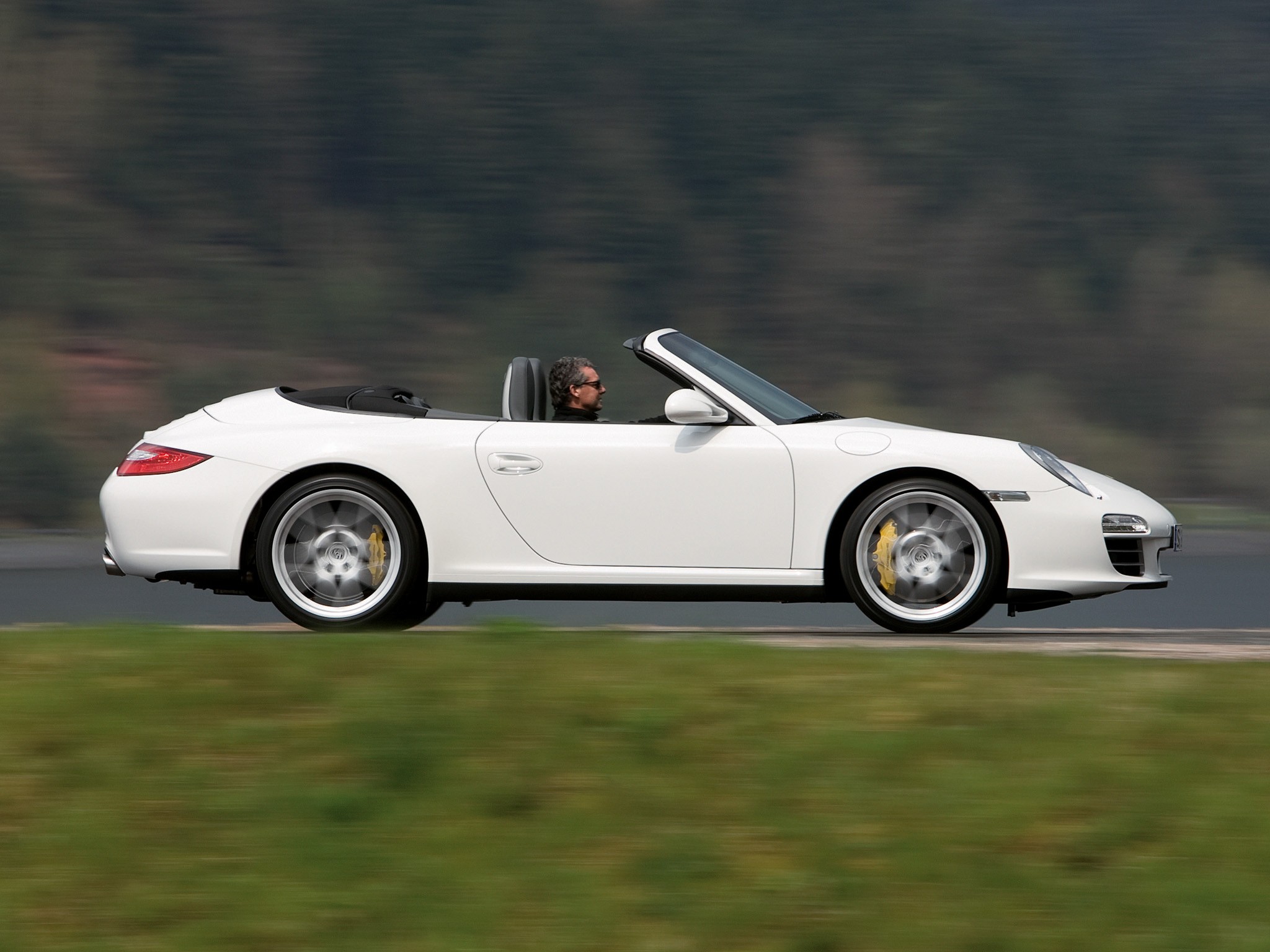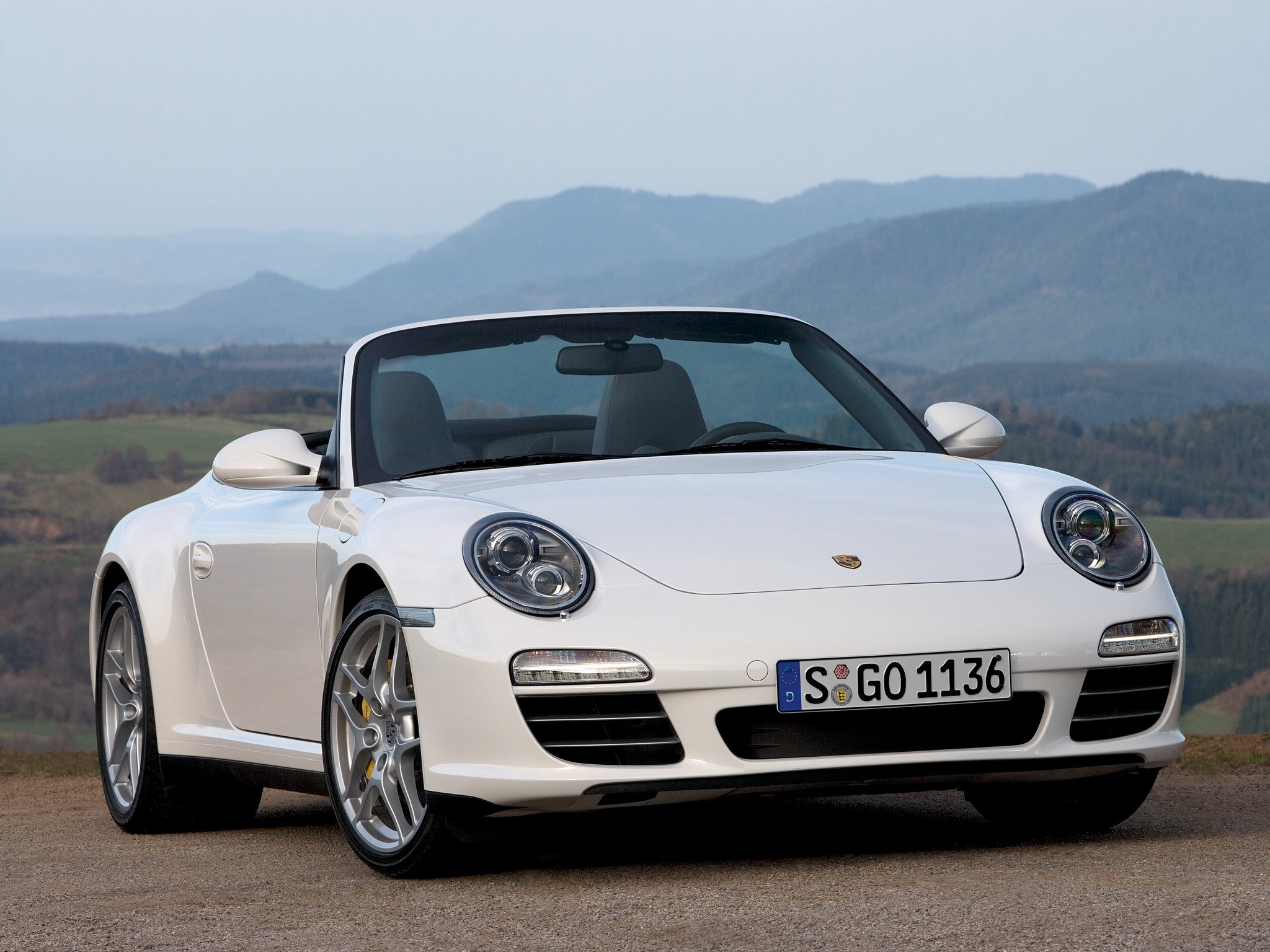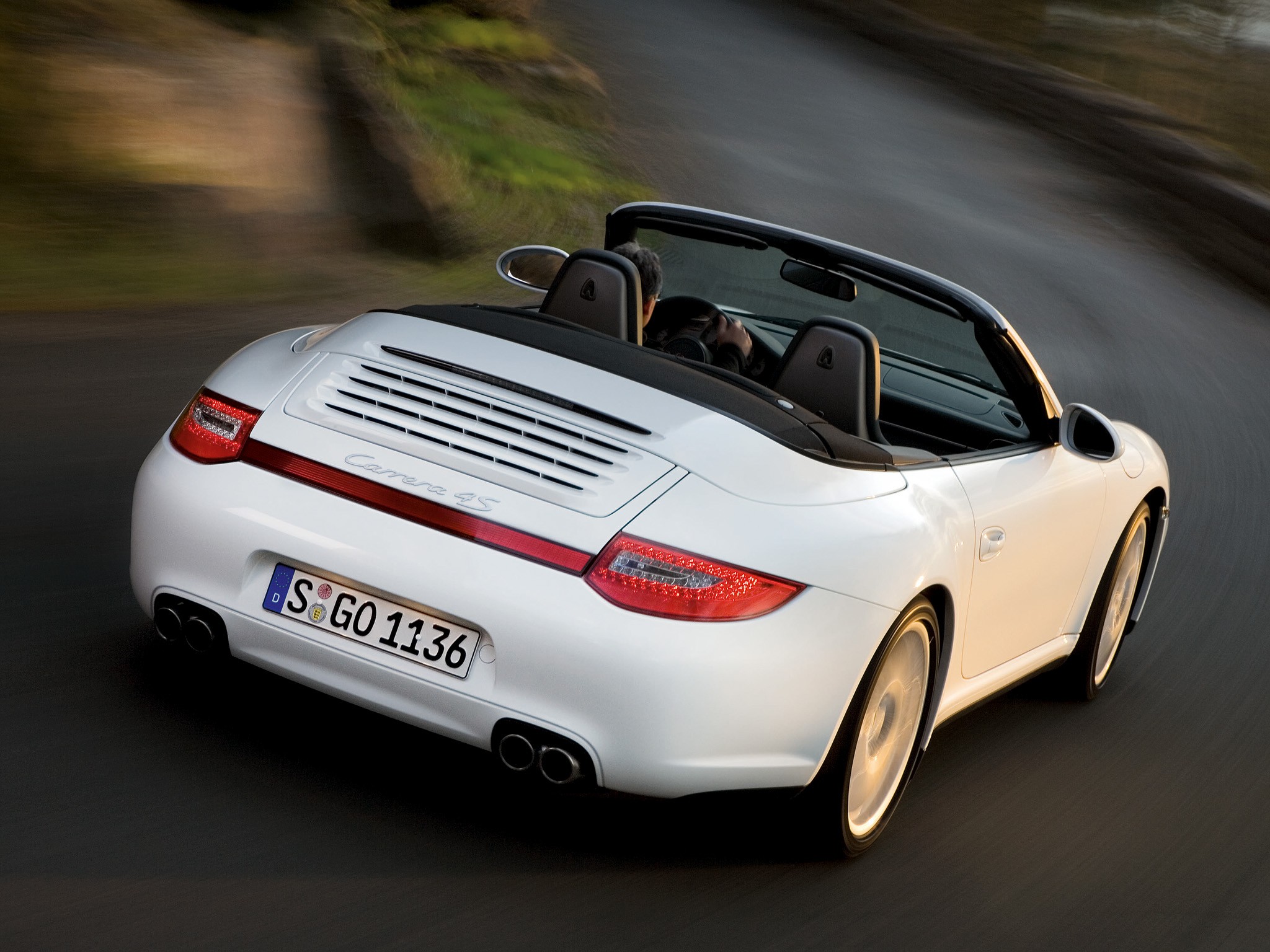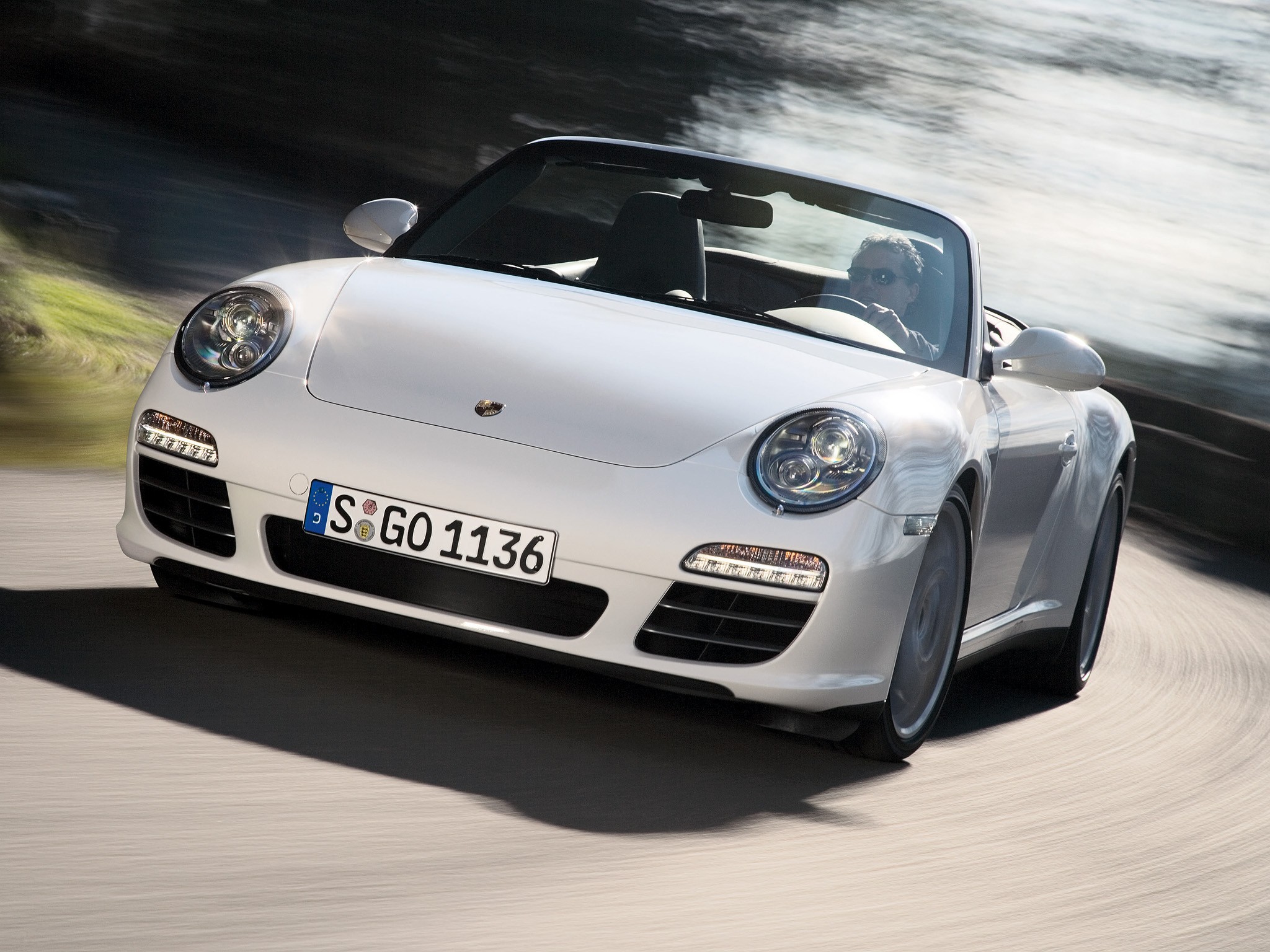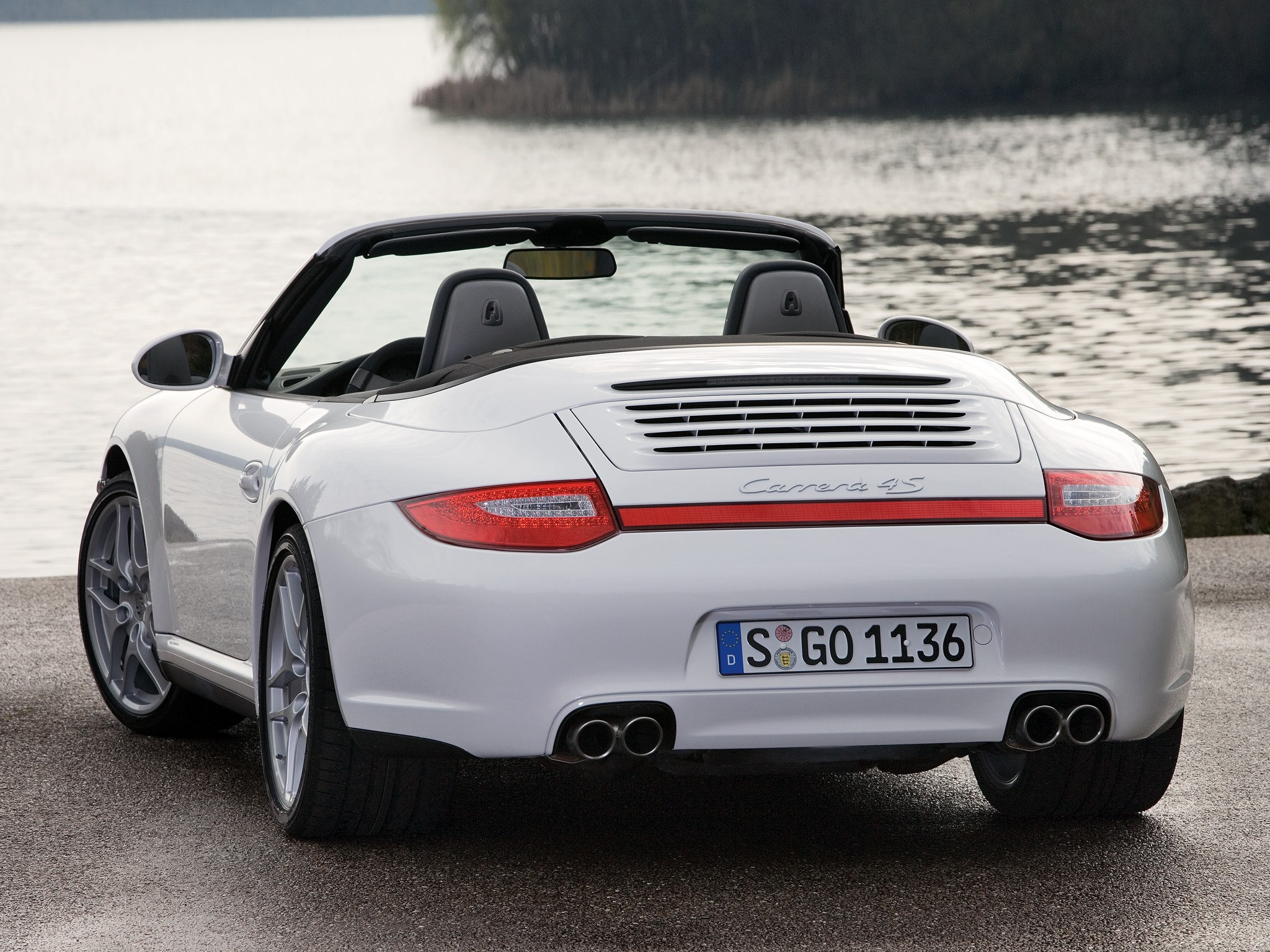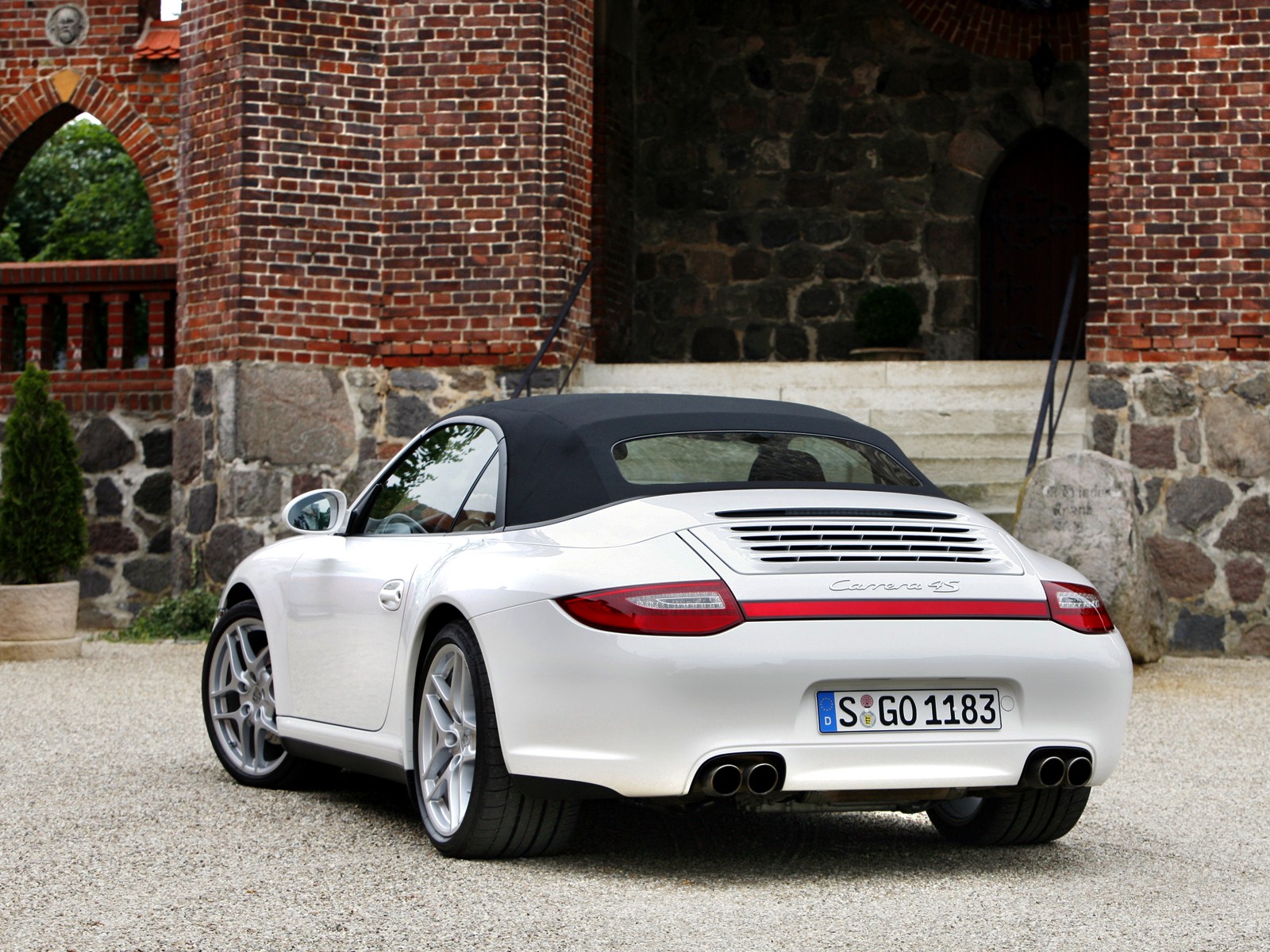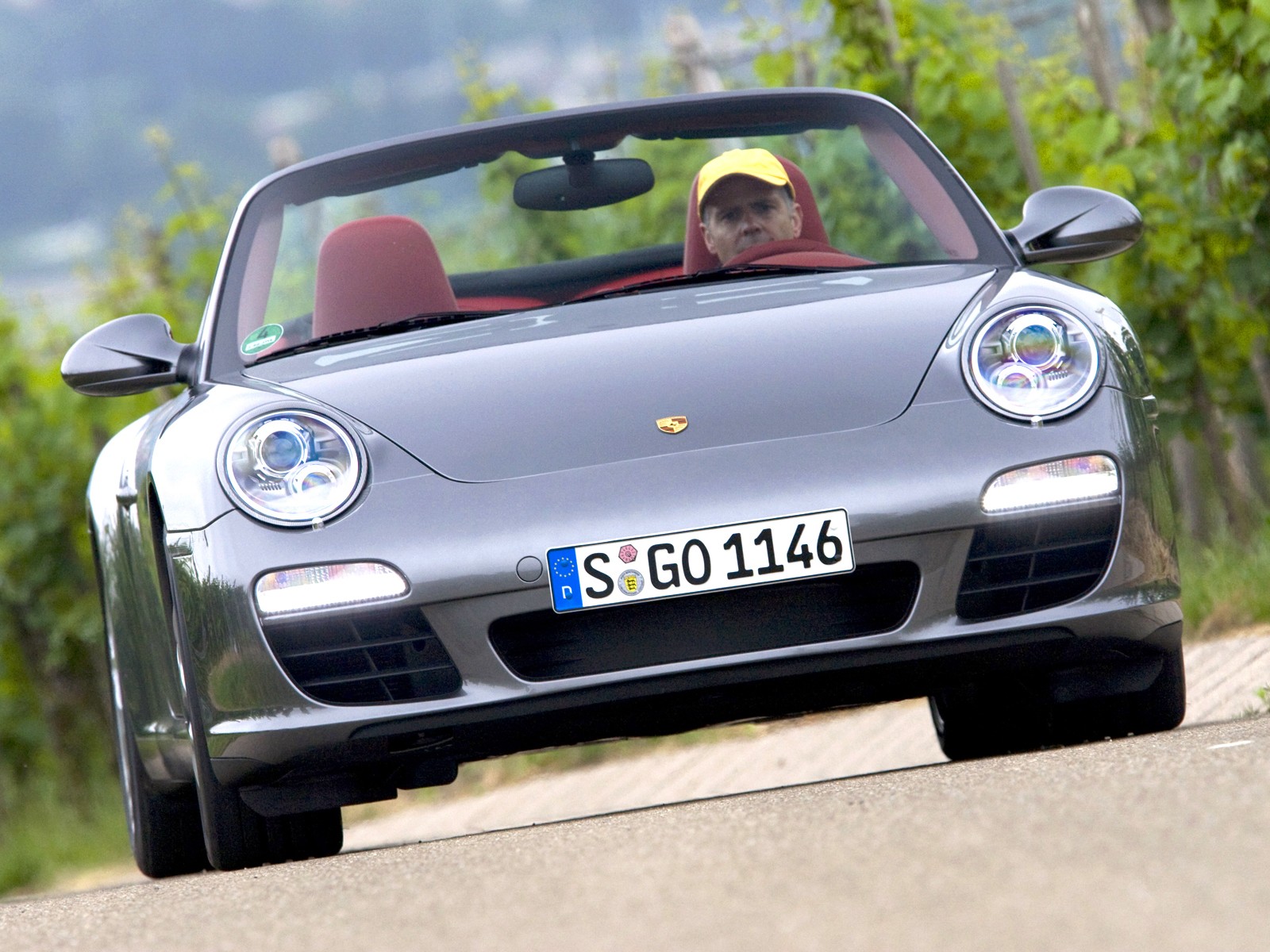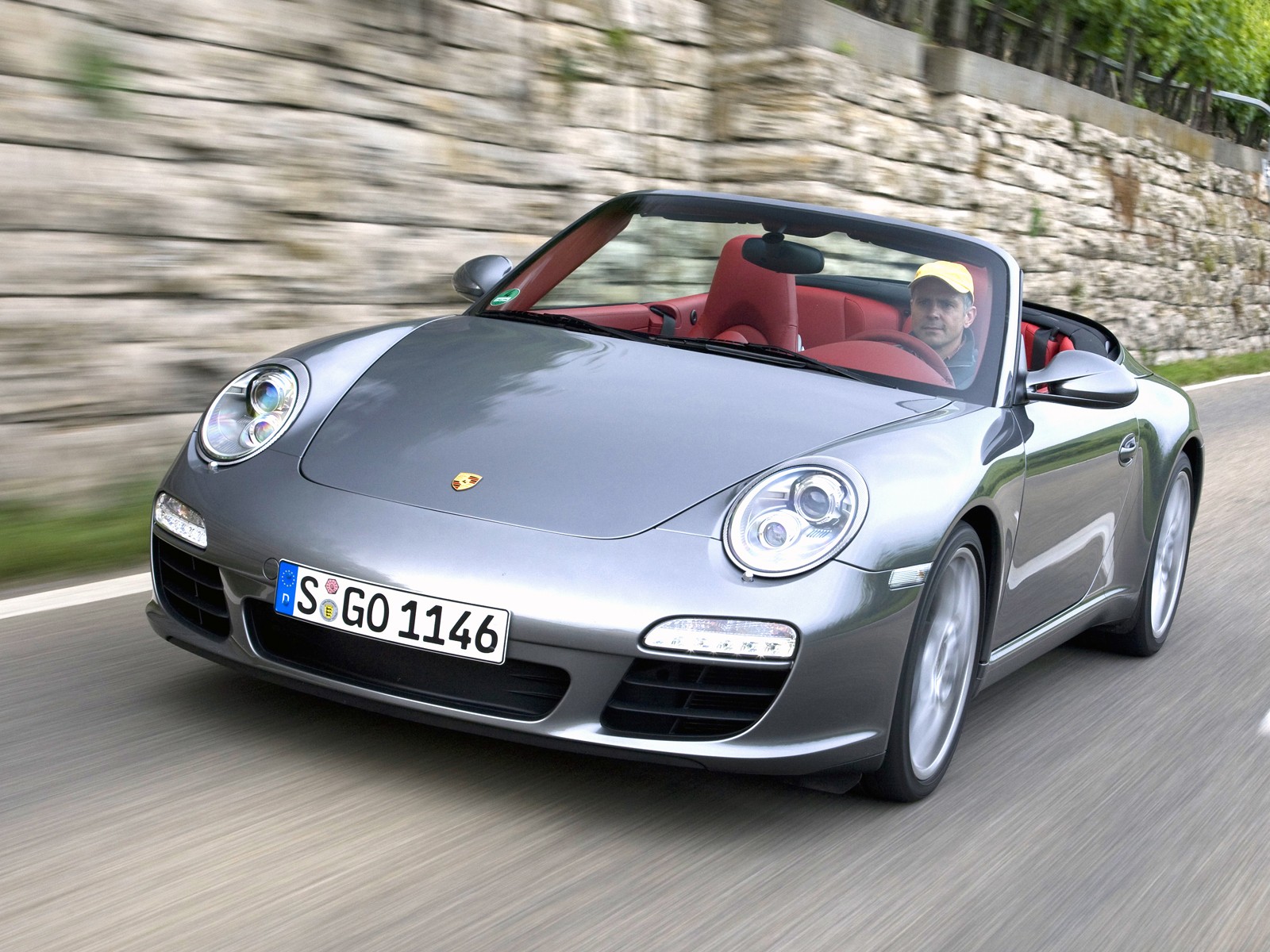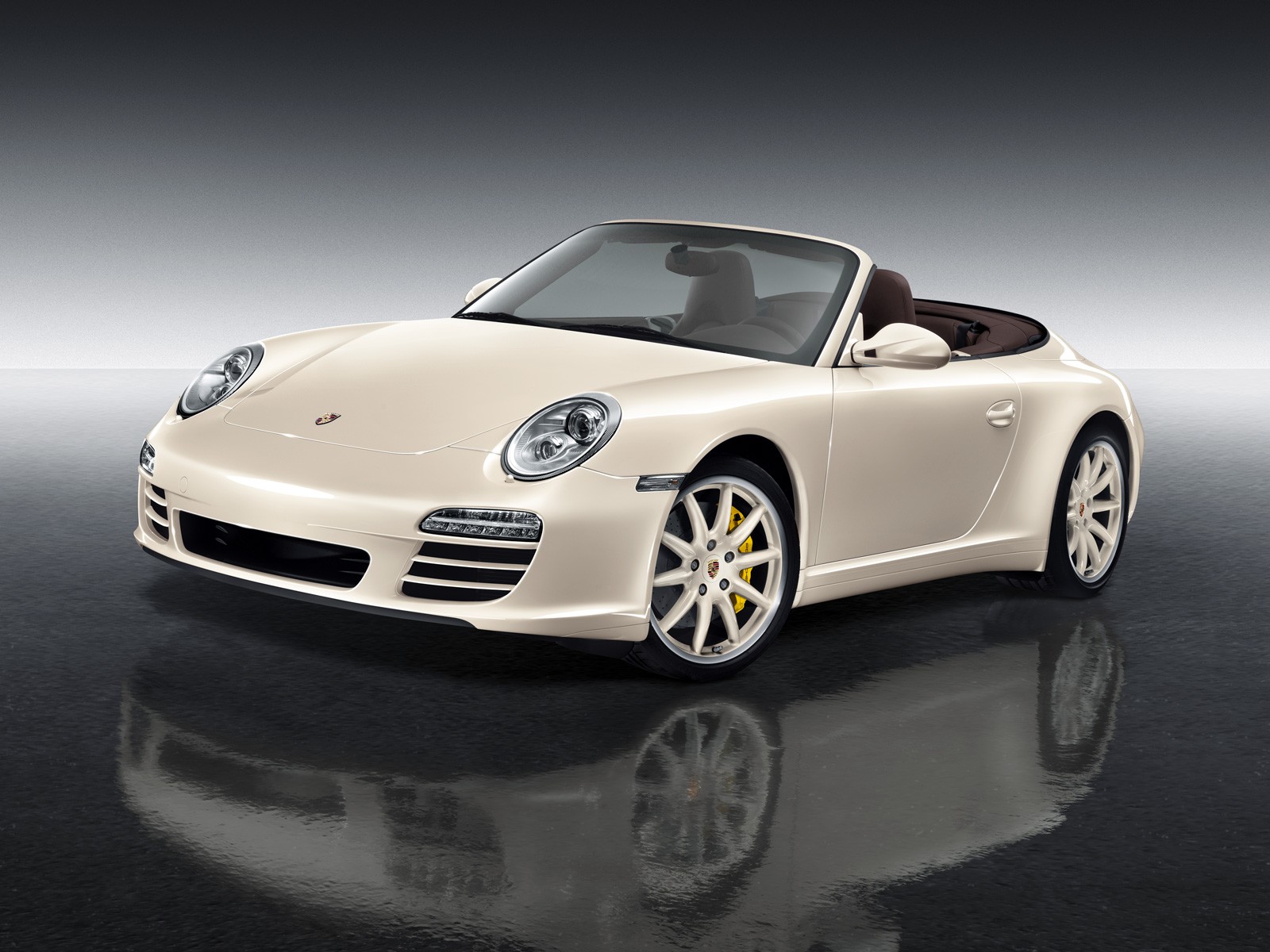(2009 – 2012) Porsche 911 Carrera 4S Cabriolet (997.2) – Ultimate Guide
In 2004, Porsche launched a new generation of its well-known Porsche 911. That generation was named 997 and it represented an important upgrade for the whole range, especially after the 2009 model year facelift. After four years into production, a mid-life cycle refresh was ready for the market. Porsche had to improve its engines to make them cleaner and to respect the new pollution norms in Europe. It meant that it had to build its cars more fuel-efficient. As usual, the rest of the car suffered some minor changes too.
On the outside, the first difference was on the front bumper, where larger air-intakes were sculptured. The headlights were fitted with LED daytime running lights and an option for bi-xenon lamps was added to the list. The rearview mirrors were slightly redesigned. A new set of 19” light-alloy wheels was introduced for the Carrera 4S. As usual, both versions 4 and 4S Cabriolet featured wider rear fenders. In the rear, the taillights received an LED design. For the 4S, a reflective strip was placed between the taillights.
The most striking feature of the 997 version of the 911 is that they are 44 mm wider over the rear arches. The Carrera 4S model, with a 3.8-litre engine developing 355 bhp, can reach 100 km/h in 4.8 seconds and has a top speed of 288 km/h.
Other than their folding soft tops, the Carrera 4 and Carrera 4S Cabriolets are defined by the Porsche all-wheel-drive system. This drive technology is based on a viscous coupling to distribute engine torque between front and rear wheels as conditions warrant.
The all-wheel drive system is from the Turbo. Most importantly, the refreshed Carrera 4 and 4S lose the old multi-plate, viscous all-wheel-drive system in favor of the electronically controlled system from the 911 Turbo. The old system could send between 5 and 40 percent of engine torque to the front wheels once it had detected wheelspin. The new electronic system can anticipate traction losses and shift up to 100 percent of engine torque fore or aft. Porsche says the new AWD system reacts faster to traction changes, and doesn’t make the Carrera 4 significantly heavier.
In its regular setting, Porsche Active Suspension Management (PASM) offers a sporty but comfortable basic shock absorber setup, but operation of the sport button activates a noticeably firmer mapped setting. In both settings, however, the suspension ratings are matched at all times to the driving style and road conditions. The active shock absorber system is a standard feature on the 911 Carrera 4S and an optional extra on the Carrera 4. On request, both models can also be fitted with sports suspension to lower the body 20 mm closer to the ground; this option includes a mechanical rear axle differential lock.
Pictures


